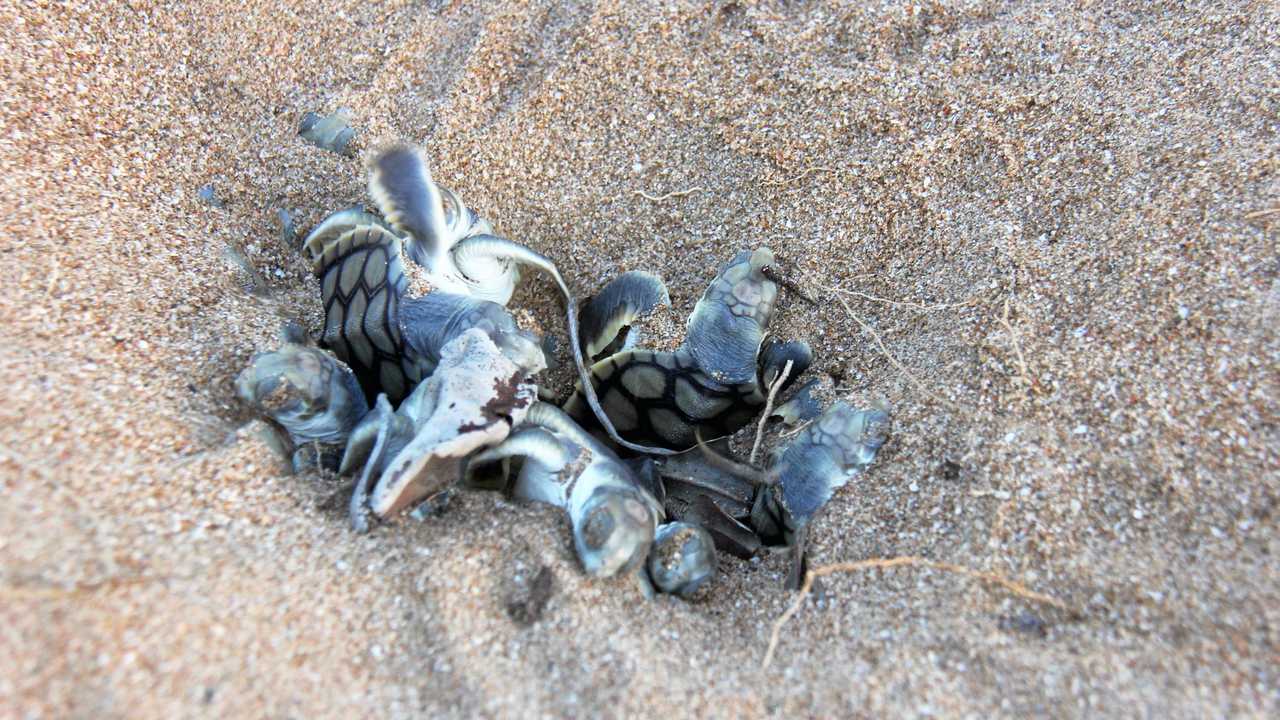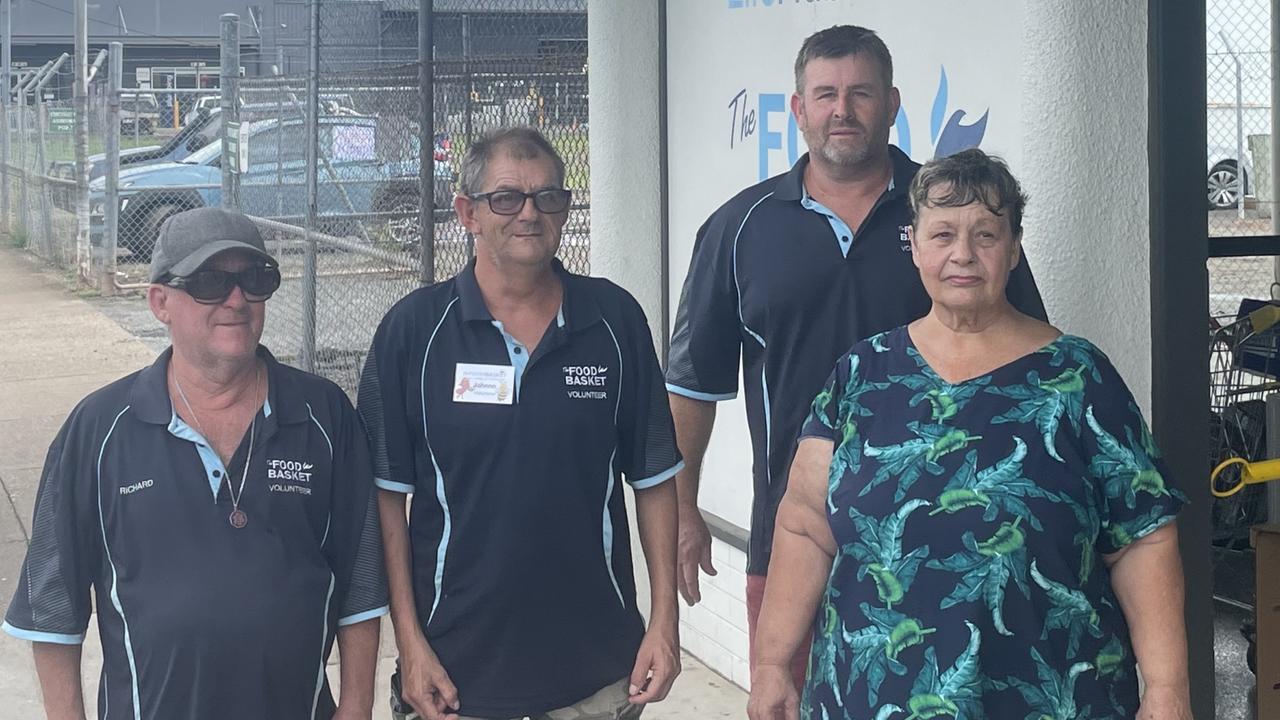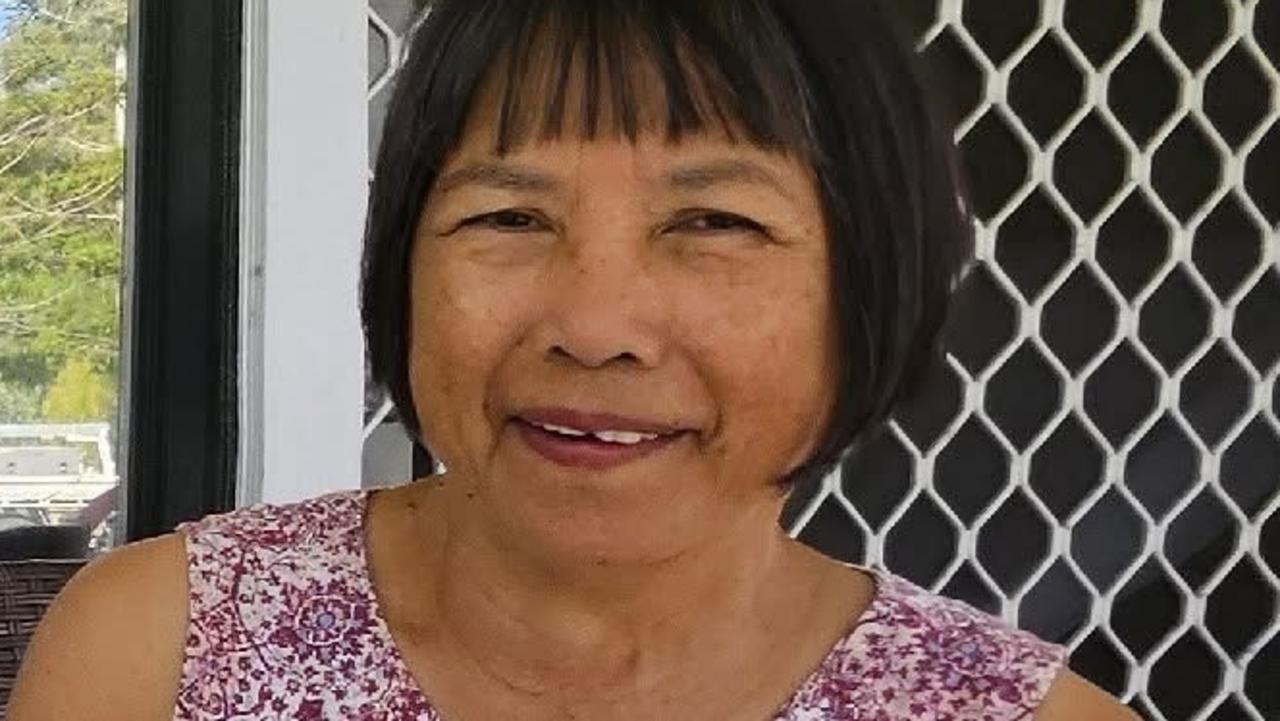Fate of sea turtle populations in hands of public
Central Queensland is home to four of the world's seven marine turtle species, all of which are either endangered or vulnerable to extinction.

MARINE authorities are advising beach-goers to be extra careful as turtle nesting season begins.
All seven species of the world's marine turtles are classified as either vulnerable to extinction or endangered and Central Queensland has four of them.
Major nesting sights in the region include Lilleys Beach on Boyne Island, Tannum Sands Beach and beaches on Curtis and Facing Islands.
Team Turtle CQ volunteer Jodi Jones said turtles were at risk when they made the journey to shore to lay eggs.
"Any beach can be a habitat," Ms Jones said.
"A basic rule of thumb when you're on a beach during nesting season, it's always good to be very cautious about what you're doing and how you're using the beach.
"We had a case of people doing doughnuts around a turtle that was trying to nest, that's just awful.
"The journey to get to nesting is so long, sometimes it's 50-odd years before they come up to nest."
Ms Jones said turtle traffic would be at its peak this month and next month and would continue until March.
"Depends on the species and the area too, the loggerheads have a slightly different nesting time to the flatbacks," she said.
"The value of one nest beach is still as high as a hundred when you're looking at different species.
"We are blessed to have these animals sharing our spaces with us.
"We need to protect them all."
Sightings of injured and sick turtles should be reported to 1300 ANIMAL.
Originally published as Fate of sea turtle populations in hands of public






